In the United States, theTrump administration continues to target the Smithsonian, the country’s main museum complex, which is under the federal administration. US President Donald Trump had already signed an executive order in March giving Vice President JD Vance the power to ensure that the museum’s programs reflect “traditional values,” and just a few days ago three of his advisers sent Smithsonian Secretary Lonnie G. Bunch, a letter notifying the museum that it would soon begin a close inspection of all existing content and content in production, so much so that the missive asked the museum to produce materials to send to the administration. Now the administration has written another chapter in this unedifying story: indeed, yesterday, an unsigned article entitled “President Trump Is Right About the Smithsonian” was published on the White House website. The piece contains no introduction and no description, but it is a list of more than twenty works, exhibitions, or initiatives deemed to be patently contrary to the alleged values of the Trump administration. A sort of banned art list, in short.
Inside is a little bit of everything. The list begins with the National Museum of African American History and Culture and its documentaries on white privilege, and continues with a modern dance performance by the National Portrait Gallery on the wall dividing the U.S.-Mexico border and a series of portraits by the same museum that examine U.S. portraiture through the lens of historical exclusion. Still the NPG would also be guilty of exhibiting artworks that, the article states, “celebrate the act of illegally crossing the ’inclusive and exclusionary’ southern border., even making them finalists for one of its awards,” and of commissioning a work dedicated to noted immunologist Anthony Fauci, who clashed several times with Donald Trump during the Covid-19 pandemic because of the president’s denialism.
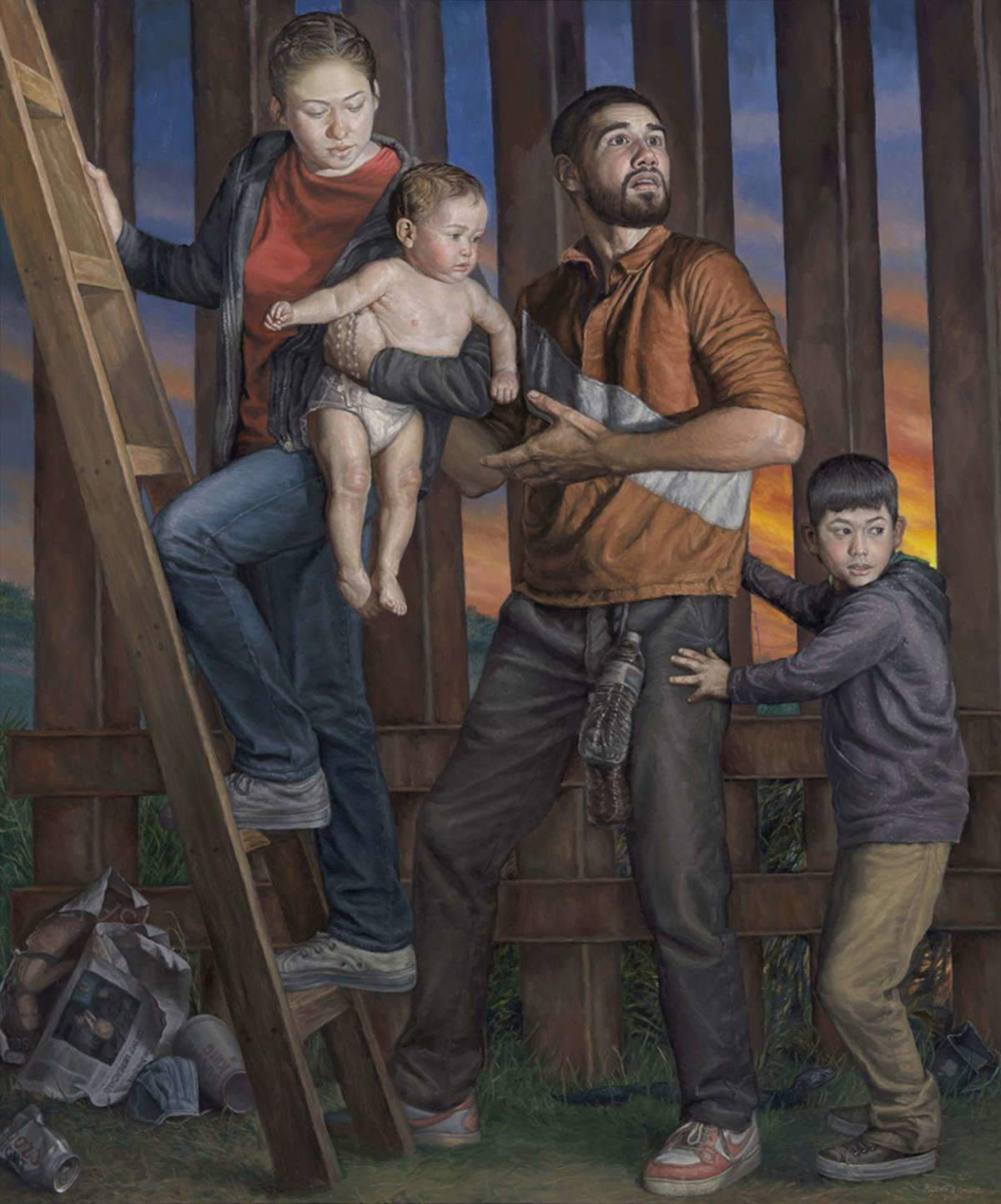
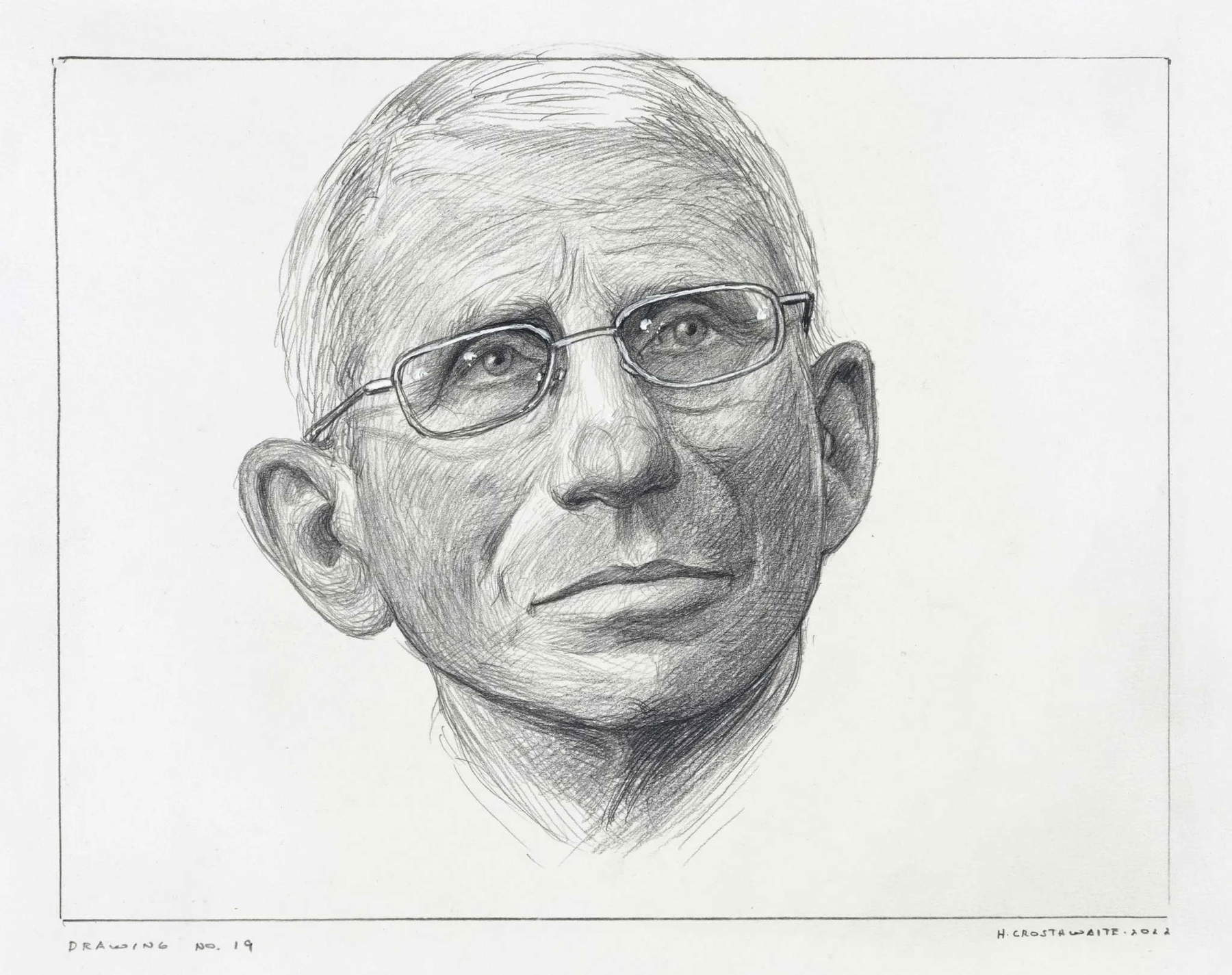
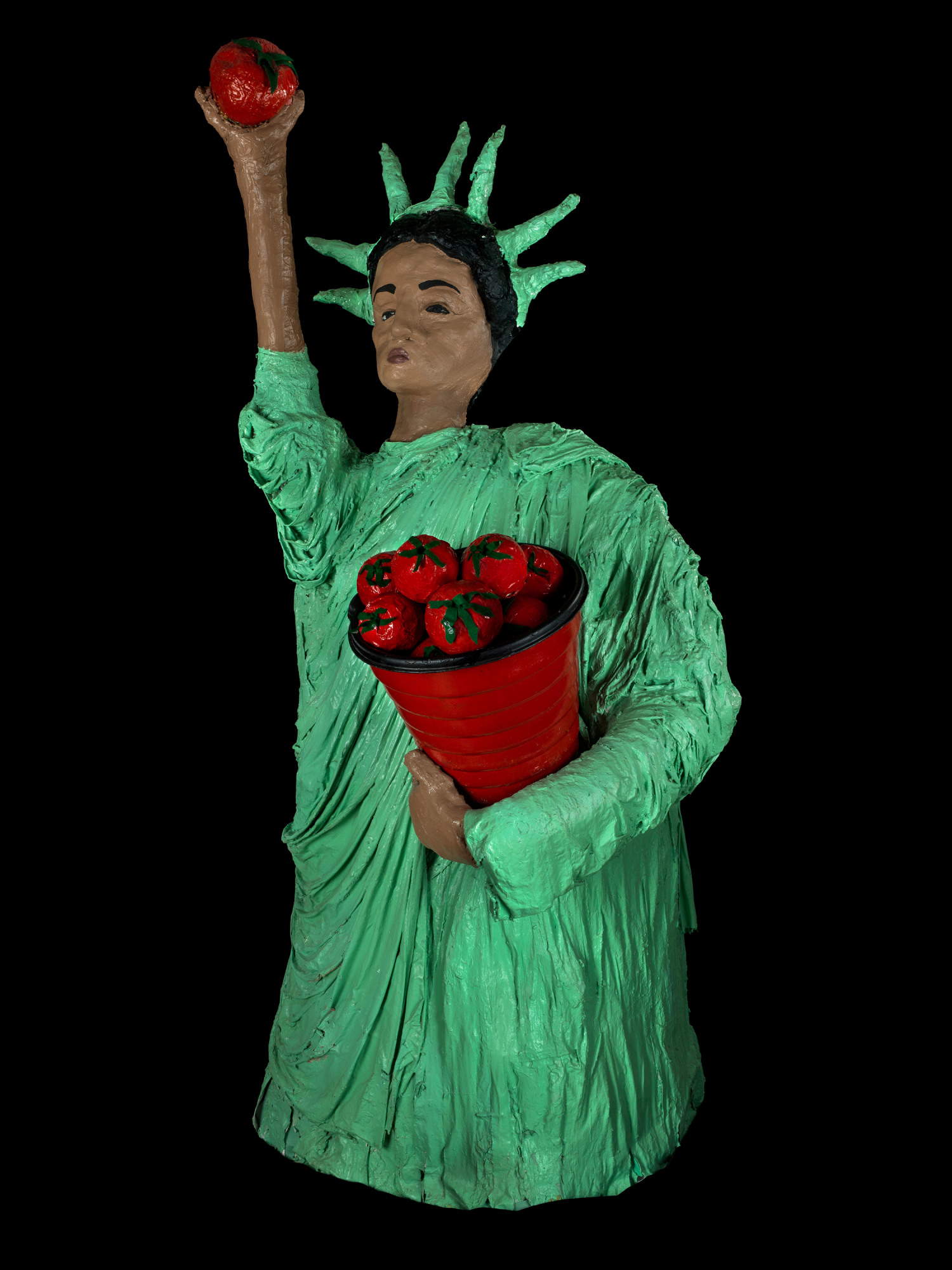
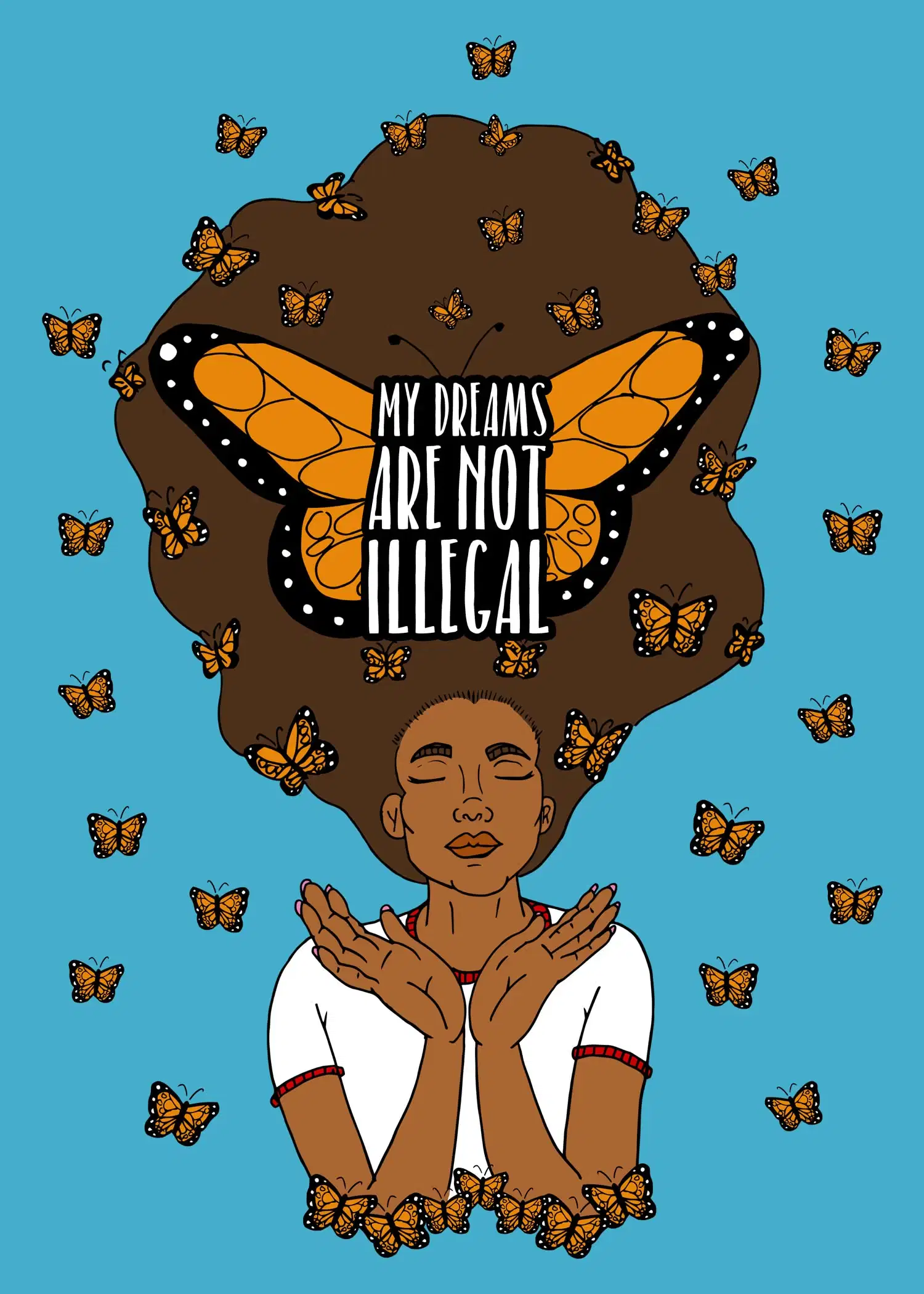
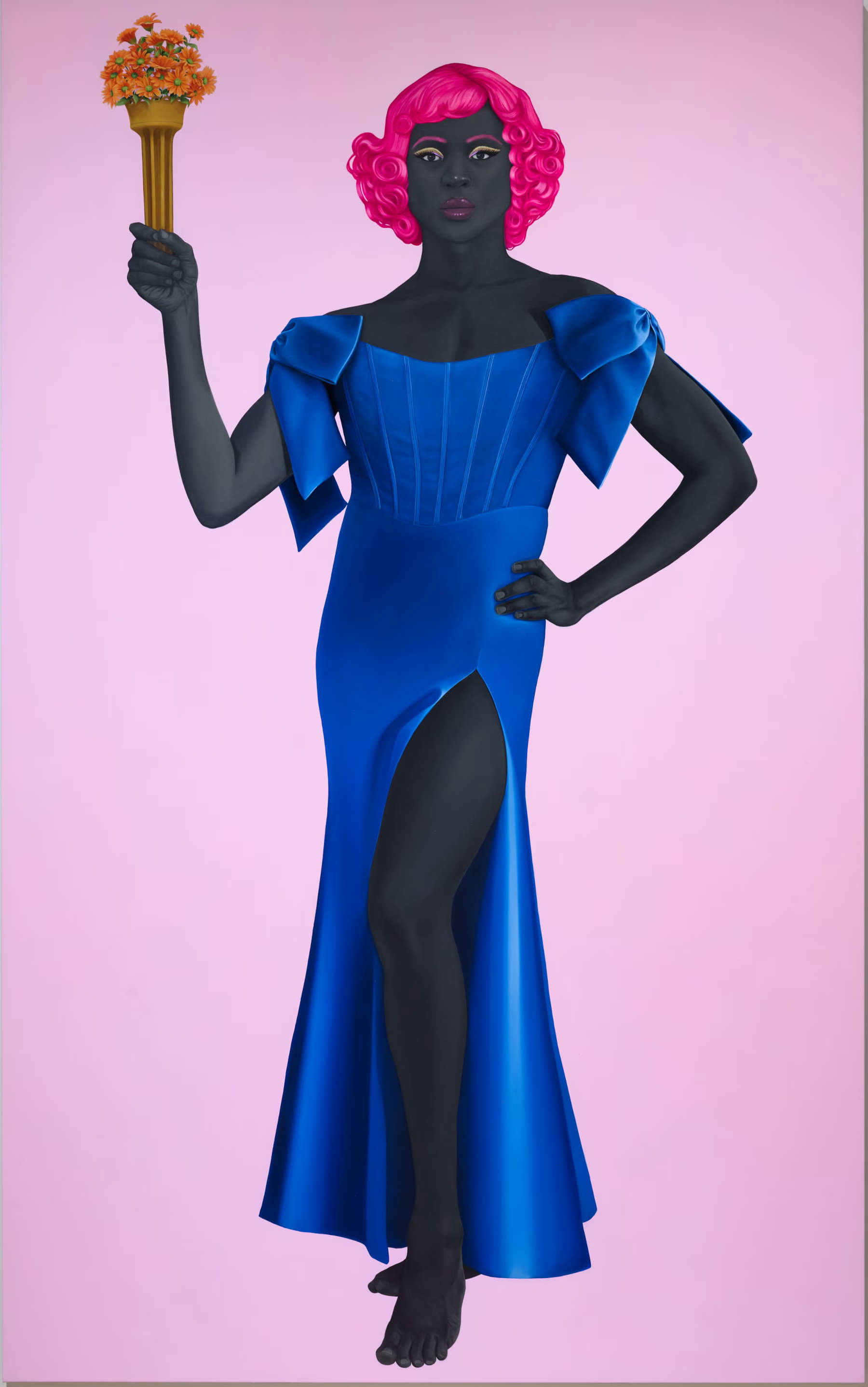
Among the initiatives targeted were the National Museum of African Art ’s exhibition featuring works centered on a feminist utopia inspired by the legend of Drexciya (an underwater kingdom populated by the children of pregnant women who had been thrown or had thrown themselves into the ocean while crossing the Atlantic at theera of the slave route), and then again theAmerican History Museum’s LGBTQ+ history exhibit, and also at the same museum an exhibit in which the founding of the United States was described as “a profound upheaval of the continent,” and again an exhibit in which a satirical version of the Statue of Liberty was displayed, depicted with a tomato in her hand instead of a torch (this is a work by Katherine Rodriguez dating as far back as 2000). Also targeted was the American History Museum’s exhibit on Benjamin Franklin as focusing, according to the article, “almost exclusively on slavery,” and guilty of emphasizing that Franklin’s successes “were made possible by the social and economic system in which he operated.”
Criticism then goes on to some initiatives at the National Museum of the American Latino that give voice, the article says, to “Latinas with disabilities,” with content from “a disabled and curvy actress” and an “ambulatory wheelchair user” who “educates about their identities as Latinx, LGBTQ+ and disabled.” The same museum is criticized for defining the Texas War of Independence as “a massive defense of slavery waged by white Anglo-Saxon settlers against anti-slavery Mexicans fighting for freedom, not as a Texas war of independence from Mexico,” and for deeming the Mexican-American War “the North American invasion” that was “unprovoked and motivated by pro-slavery politicians.” Again, the same museum is allegedly guilty of hosting an exhibit called “un-American” in the article, as it would present “Latino history as centuries of victimhood and exploitation,” “suggest that the United States is a stolen land,” and “characterize U.S. history as rooted in colonization.”
Photos of several artworks also appear in the article, again without the authors’ names: among them, Refugees crossing the border wall into South Texas, a work by Rigoberto A. González depicting a family engaged in crossing the U.S.-Mexico border, a portrait of Anthony Fauci drawn by Hugo Crosthwaite, the aforementioned Immokalee Statue of Liberty by Katherine Rodriguez, the poster My dreams are not illegal by Yocelyn Riojas, and Amy Sherald’s 2024 work Trans Forming Liberty , a portrait of trans artist and activist Arewà Basit posing as the Statue of Liberty, a work moreover at the center of a recent case, since Sherald was scheduled to have a solo exhibition at the National Portrait Gallery in September 2025, which was canceled at the behest of the artist, who was reportedly forced to see a “contextualizing” video alongside her work following pressure from the Trump administration.
Meanwhile, initial reactions are being counted. The strongest is probably that of Rigoberto A. himself. González who, reached by Hyperallergic magazine, compares Trump’s initiative in no uncertain terms to the degenerate art lists of the Nazi regime. “Political parties and politicians know that art is very powerful, so they always try to use it as propaganda,” González said. His work, he added, “represents immigration, but also the dangers immigrants face once they get here, and that’s what the objects at the bottom of the painting represent: anti-immigrant sentiment.”
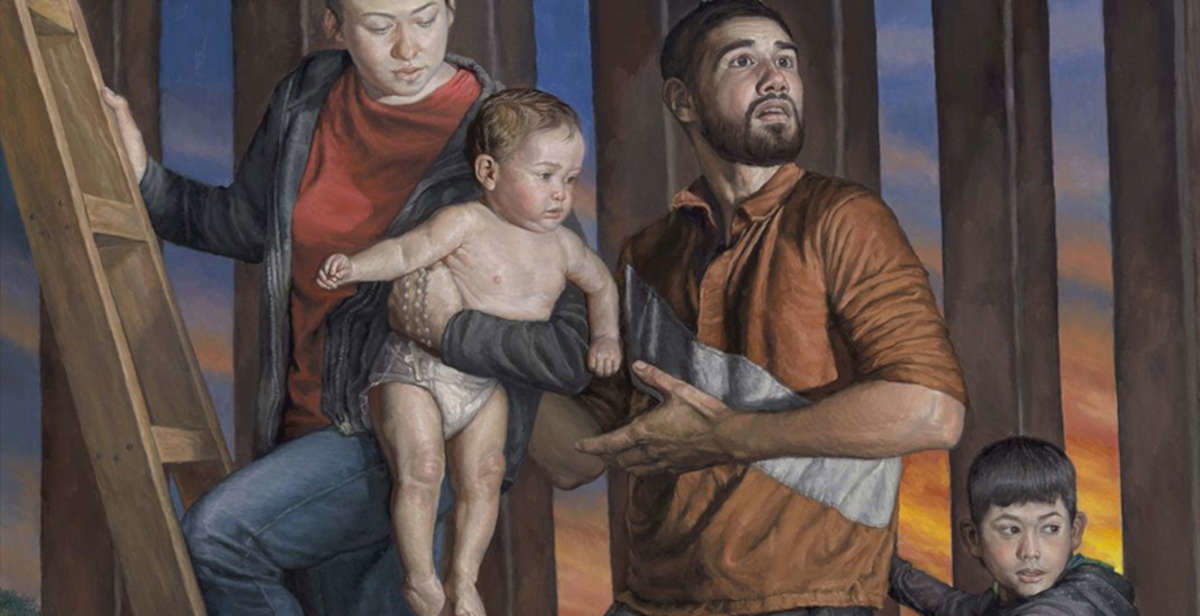 |
| US, White House compiles list of works and exhibitions contrary to Trump's vision |
Warning: the translation into English of the original Italian article was created using automatic tools. We undertake to review all articles, but we do not guarantee the total absence of inaccuracies in the translation due to the program. You can find the original by clicking on the ITA button. If you find any mistake,please contact us.